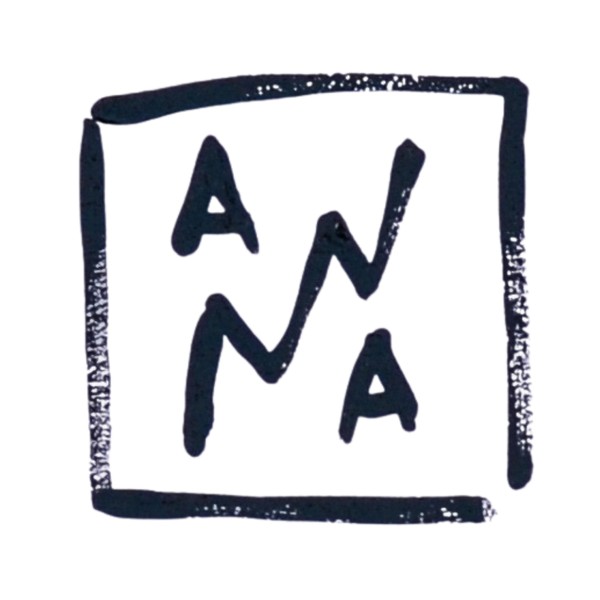Forty-four years ago, today, a wine merchant named Steven Spurrier decided to organize a blind tasting event in honor of the American Bicentennial. Little did he know that the very event he'd planned to just be a small publicity stunt would end up throwing massive shock waves across the wine industry, as well as be the impetus of the California wine scene we know and adore today.

It was the year of 1976 - the wine market was basically just three categories...
"the good stuff" (French wine)"the very good stuff" (also French wine, but specifically Bordeaux & Burgundy regions), and the third category... was just everything else.
Steven Spurrier was a British wine merchant that owned a notable wine store in France. His American wine manager, Patricia Gallagher, had told him about how she had tasted California wines on a recent vacation which sparked Spurrier's interest to go see for himself. While Spurrier was in California, he quickly discovered that Gallagher was right and California had made some serious moves in their wine game.
When Spurrier returned to France, he and Gallagher started to think of ways they could properly showcase California's wine efforts to their French counterparts. He originally was thinking of just doing a tasting of just the California wines, but then decided to do the tasting blind and against some of the best wines in France. They ended up inviting a panel of nine of the most well-esteemed French wine judges and had them blind taste ten white wines (six Californian chardonnays and four French white Burgundies) as well as ten reds ( six Californian cabernets and four French reds from Bordeaux).
So real quick - what is blind tasting? It's identifying a mystery wine or wines without looking at the label. And in 1976, this was a brand new concept which helped in avoiding or creating any preconceived perceptions of a wine based on its known origin and/or varietal.
Okay, so back to the story.
The result of the tasting was a crazy surprise, especially to the nine French judges. The two wines that came out on top were both from California:
- 1973 Chateau Montelena Chardonnay
- 1973 Cabernet Sauvignon from Stag's Leap Wine Cellars
If you'd like to try similar wines from the same wineries that won the competition back in 1976, I'd recommend these!
Check out real copies of the results and real images from the event:

The effects of the Judgment of Paris were very much varied and pronounced. Many of the France judges were dumbfounded - and not surprisingly most denied the results and acclaimed that the French wine was still more superior "in principle".
Ultimately, the tasting caused the French as well as the rest of the world to shift their attention and mindset on California wine. They were no longer just a bunch of hippies making lame wine - but they were a new threat to the market.
Fun Facts about the Judgement of Paris:
- The bottles of these triumphant vintages are held at the Smithsonian collections at the National Museum of History.
- 90% of the judges had never tasted California wine, so they had no perception of what California was capable of.
- Spurrier know expected that the California wines would wine. He was hoping that one of the California wines would come in the top 5 in either the Cabernet or Chardonnay category so that he could say “hey, let’s pay attention to California wine”
- Nowadays, people just assume blind tastings happen all the time. But at the time, 1976, it was a totally new concept.
If you are interested in learning more about the Judgement of Paris and the wine legend, Steven Spurrier - I'd highly recommend watching Somm 3! (I found it on Amazon Prime)
https://www.amazon.com/gp/video/detail/B07JYRSP3H/ref=atv_dp_share_cu_r



